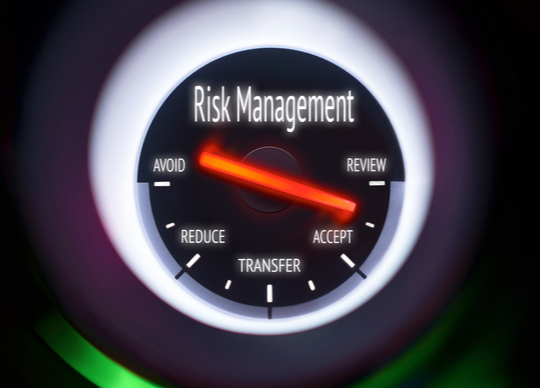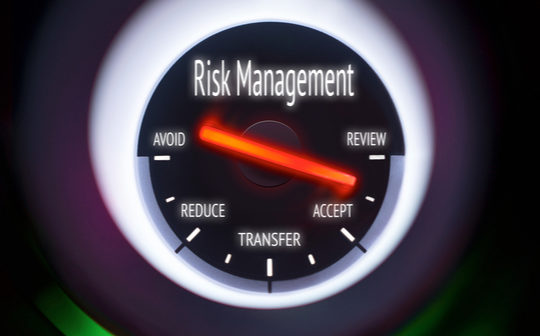
Aon has announced the results of its 2021 Global Risk Management Survey, which gathers input from thousands of risk managers every two years to identify key risks and challenges their organisations are facing. The past two years have proved to be incredibly volatile, with the global COVID-19 pandemic having had a ripple effect across other types of risk, such as heightened awareness of reputation and cyber, as long-tail risks have become increasingly important to manage.
The 2021 edition surveyed more than 2,300 respondents in 60 countries/territories across 16 industries at both public and private companies. With more emphasis and reliance on technology, cyber risk topped the list as the number one current and predicted future risk globally, its highest rank since the inception of the survey. Cyber was also cited in the top 10 list of risks across each region, industry and respondent type. In Asia Pacific, Business Interruption topped the list, followed by Cyber Attacks.
The top 10 risks also strongly reflect the current landscape, namely COVID-19 and its impact on organisations amidst a backdrop of challenging market conditions: slower vaccine rollouts, delayed infrastructure projects and workforce shortages. This is testing the ability of firms to manage volatility and make better decisions. Organisations are shifting their focus from event-based to impact-based risk assessments: for example, business interruption was once seen as a linear risk, but the COVID-19 pandemic has demonstrated how it can affect multiple industries and companies simultaneously and globally.
“The world is a more volatile place and the importance of better decision making has never been greater, said Lambros Lambrou, CEO of Commercial Risk Solutions at Aon. “Long-tail risks are not single events. They’re innately interconnected, as we’ve seen with the COVID-19 pandemic fundamentally changing the way the world works, revealing new risks and re-ordering priorities in the C-suite. A preoccupation with managing these immediate risks may be compromising firms’ ability to invest in managing the risks of tomorrow.”
Exacerbated by the COVID-19 pandemic, and highlighting the interconnectivity of risk, the top 10 Asia Pacific risks according to the 2021 Global Risk Management Survey are:
- Business Interruption
- Cyber Attacks/Data Breach
- Economic Slowdown/Slow Recovery
- Damage to Reputation/Brand
- Pandemic Risk/Health Crises
- Failure to Innovate/Meet Customer Needs
- Increasing Competition
- Accelerated Rates of Change in Market Factors
- Failure to Attract or Retain Top Talent
- Regulatory/Legislative Changes
Additional key findings for Asia Pacific include:
- Pandemic Risk/Health Crises risk jumped to number five in Asia Pacific, up from 59 in the 2019 survey.
- Despite 62 percent of respondents reporting an increase in levels of risk readiness, growing volatility and the changing nature of the top 10 risks led to the highest ever reported loss of income in Asia Pacific compared to other regions.
- In Asia Pacific, 37 percent of respondents reported a loss of income from the top 10 risks, an increase of 14 percent compared to 2019.
- Seventy percent of respondents reported that the Total Cost of Insurable Risk in Asia Pacific was increasing.
- Failure to Attract or Retain Top Talent ranked at number nine in 2021, compared to number 10 in 2019, reinforcing the continued importance of building a resilient workforce.
- Climate change ranks at number 21; however, extreme weather events are occurring regularly in Asia Pacific. Climate change is inherently tied to other, more tangible risks, where the immediate impact is measurable, and is considered an underrated risk by Aon.
“Risk profiles have been and continue to change as businesses and economies emerge from the pandemic. New exposures have appeared and therefore our understanding, readiness and ability to manage and transfer risk must evolve along with them,” said Anne Corona, CEO, Asia Pacific at Aon. “Several of the top risks identified for Asia Pacific in this year’s survey highlight four key areas of client need and the associated interdependencies of these risks. There is an increasing need to innovate to address these ‘known unknowns.’ As we face unprecedented events, businesses must proactively prepare and manage the current and emerging risk exposures.”
You can read the full report here.






